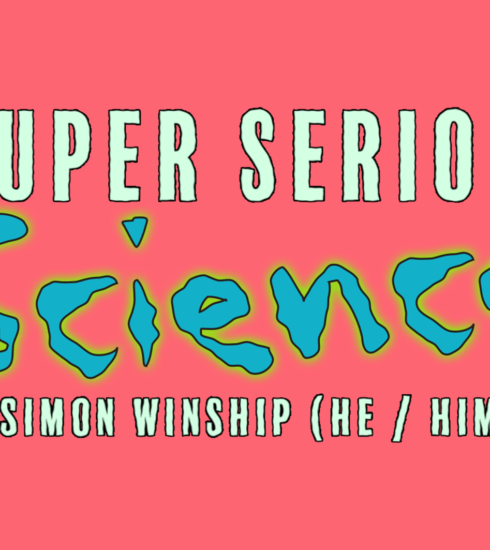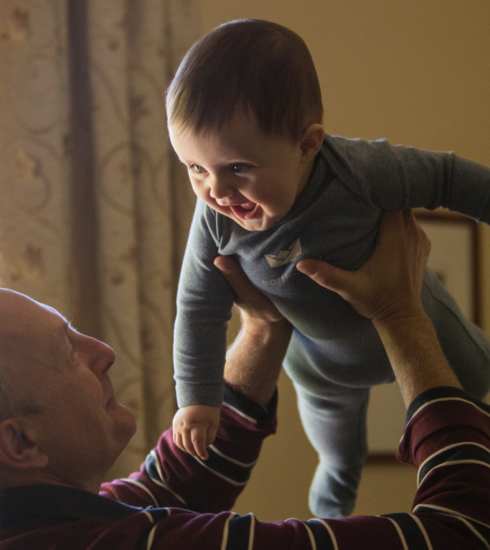Climate Justice = Indigenous Justice – Issue 14
Take a moment to think about contemporary climate activism – who is it that you see as the face of this movement? I’m sure a large majority of you would recall Greta Thunberg, the 14 year-old Swedish girl who demanded climate action from the world. Greta took the media and, in turn, the world by storm with youth climate strikes popping up all over the globe. I admire Greta and the protests she inspired, but the world’s response gave off white saviour-ish vibes – wherein the media loves to ignore BIPOC struggle but idolise other “white” people for similar actions.
When I think of climate activism, I think of Pania Newton and Protect Ihumaatao as well as Pualani Case and the protection of Mauna Kea. Many of you may be thinking that Ihumaatao and Mauna Kea aren’t really movements of climate activism but let me tell you, they are. When we look at indigenous movements they are often battles against colonialism, which is far less palatable to be discussing within mainstream media spaces. But indigenous struggles against colonialism encapsulate battles against environmental injustice, fights for indigenous rights and a stand for climate justice. Knowing the place of colonialism in climate injustices is crucial to understanding climate movements around the globe.
In the social movements concerning climate action, the impacts of capitalism on our climate is considered, but colonialism is often forgotten. Think of capitalism and colonialism as the cousins who convinced the world that there is a disconnect between us and our environment, which has filtered into how we take from our environment without considering or understanding the future impacts. Settlers disrupted indigenous relationships with the environment, alienated communities from their land, and destroyed sustainable and reciprocal practices, all in the name of colonialism and capitalism. Understanding this, it is easy to see why climate injustices hit differently for indigenous communities – it is history repeating itself and the ongoing reliving of environmental trauma.
The trauma inflicted on Papatūānuku is a site of loss for Indigenous Peoples. We continue to experience grief from the destruction of our lands. I grieve for my ancestral land on a daily basis – capitalism and colonialism told my whānau there was nothing worthwhile there for us. The grief that has been experienced by Indigenous Peoples for over a century is beginning to be experienced by wider communities in response to the impending climate crisis. In your moments of grief, remember that for others there is a history of injustices tied to experiencing that feeling.
The point of this essay is not to say only Indigenous Peoples should have feelings for our environment or a voice on climate action, because everyone must play a role in our collective battle for climate justice. However, what this essay is saying is that being a part of this movement requires a broader understanding of the colonial roots of this issue, as well as learning how to support and amplify indigenous (and other disenfranchised) voices. How do we do this? First and foremost, advocating for Indigenous #LANDBACK, actively supporting indigenous calls for action either financially, via social media, or as another person on the ground, and using your political voice – not to contribute to the silencing of indigenous voice, but instead the amplifying of it. We need to make sure we view indigenous struggle as a part of the battle for climate justice, because as the kōrero goes, ‘justice for Indigenous Peoples is justice for the climate.’





